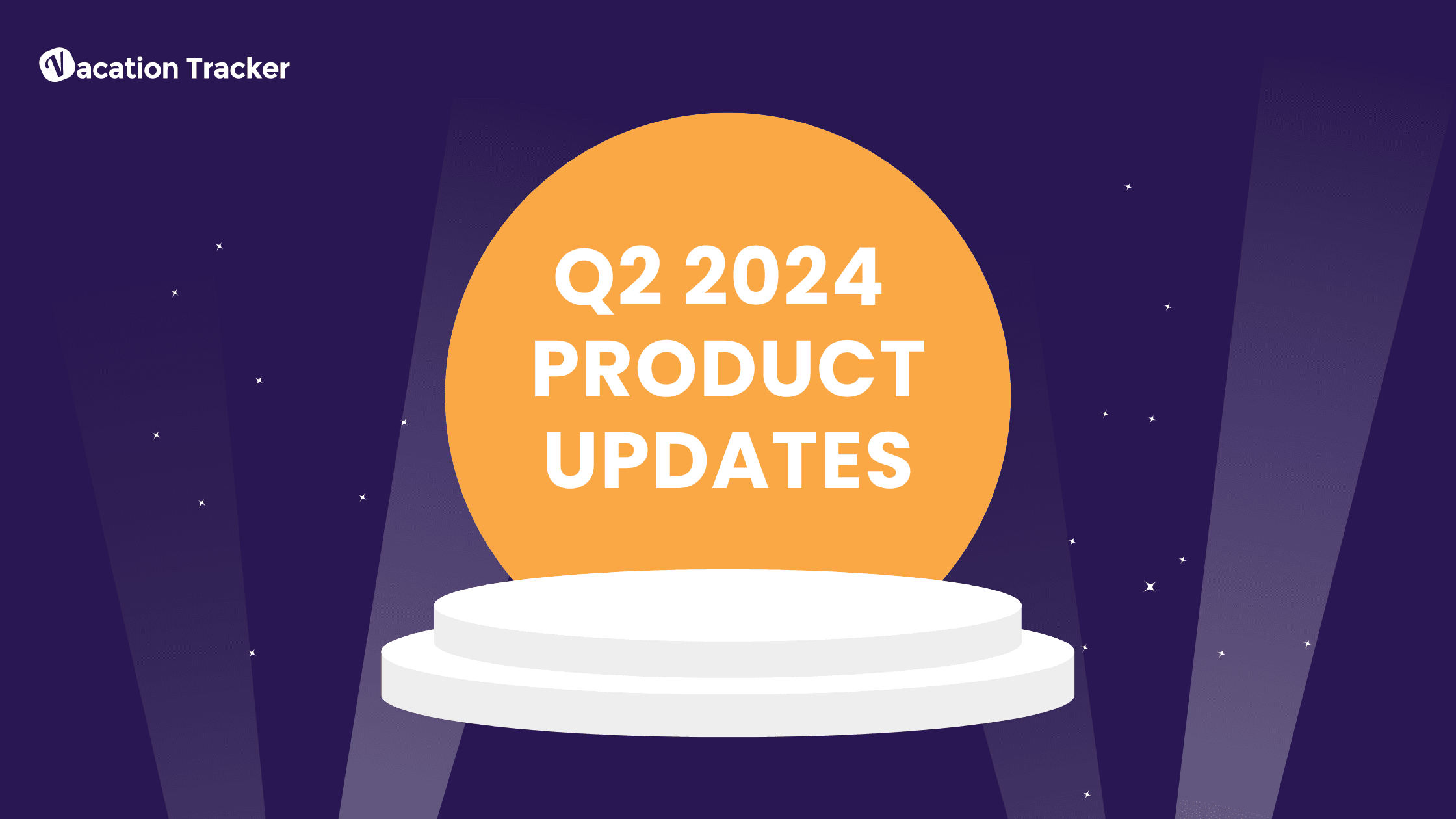Annual Leave Accrual: What Is It & How Does It Work?
Reading Time: 4 minutes
Table Of Contents
Within the workplace, there are many responsibilities that employers need to stay on top of. And annual leave accrual is one of those responsibilities that instantly sends a shiver down every HR team’s spine. Making sure that annual leave accrual calculation is done properly is crucial in every company out there. But what exactly does it mean? How does it work? We’re here to answer those questions for you.
What is annual leave?
Annual leave, by definition, is a type of pay that employees are entitled to when taking time off from work. Doing so is important for a number of reasons, which we go more into detail here. In fact, most countries today require workers to take a minimum amount of paid annual leave by law.
Ultimately, it’s up to your company to decide if any unused annual leave should roll over or not.
How does accrual work?
Annual leave is usually accrued right from the moment an employee starts working and goes on over the course of a year. This normally includes their probation period as well, but the decision is yours to make. An employee may take annual leave at any time after it has accrued unless it is an unreasonable request, and will continue to accrue while they are on any form of paid leave.
As a general rule, you must also pay your employees their base rate of pay while they are on annual leave, unless their award, agreement, or contract specifies otherwise. It is also important to remember that if an employee leaves your company before using up all of their annual leave, you as an employer must pay out the unused leave as a part of their final paycheck.
Having a well-established PTO policy is key in determining your annual leave accrual. Hence, it is important to consider a few factors before calculating it for your employees.
Assessing eligibility
A company’s internal annual leave policy usually determines at what point employees can earn paid time off. If your business operates on the accrual method, PTO is accrued after an employee works a certain number of hours, days, or months. As a result of working X hours (or X days, weeks, etc. ), they accumulate Y hours off. Simple, right?
Calculating the duration
The next step in understanding how annual leave accruals work is deciding how much time off to give your employees. Keep in mind that PTO is purely optional.
This means you can decide how many hours work best for your business. Common options include:
- 40 hours (amounting to 5 days off)
- 80 hours (amounting to 10 days off)
- 120 hours (amounting to 15 days off)
- 160 hours (amounting to 20 days off)
The numbers are based on a typical eight-hour workday. You may have a different policy depending on how your workplace functions, and where it’s located. You can choose any number you want — or none at all. Ultimately, it’s up to you to decide what is most appropriate for your business.
Applying rollovers (or not)
Lastly, you should consider any rollover policies that apply to any leftover hours. Many employers require their employees to use their paid time off within a calendar year i.e. between January and December of a given year. This eliminates the need for a rollover policy. Depending on the company, employees may be able to transfer some of their PTO from year to year.
A company may offer its employees 40 hours of paid leave per year, but if they only use 35 of them, they can add those five hours to next year’s total (for a total of 45 hours).
Annual leave accrual, however, is something employers frequently misunderstand. Many people assume that employees are immediately entitled to their annual leave once they join a company. However, that isn’t always the case.
Ways to calculate it
You need to keep a lot of factors in mind while calculating annual leave accrual. You’re responsible for everything from managing an employee’s past accrual balances to ensuring that they aren’t over-accruing or under-accruing annual leave. Furthermore, the process of tracking and calculating annual leave manually, for every employee in your organization, is quite a daunting task.
It is suggested that all employees should accrue vacation in the same manner. On the other hand, in some cases, it can be beneficial to have variable parameters. Here are a few popular methods:
Set accrual periods
Companies typically give their employees vacation days on a monthly basis. However, employees may also opt for weekly and yearly accruals. Daily leave time accrual could also be an option in companies with high turnover rates.
Have equal or pro-rated leave accruals
In most countries, leaves accrue at an equal or pro-rated rate, depending on how long an employee has been employed.
Establish a waiting period
A waiting period can be set before vacation time begins accruing and can last between three months and one year depending on the laws in place.
Implement a balance cap
A balance cap is often introduced by companies when employees are reluctant to take time off. Overall, the goal is to maintain a reasonable range of available leave time. In this case, it is crucial to adhere to the legal guidelines and regulations that specify a reasonable proportion of the balance cap.
Bonuses for overtime and time off in lieu
In many cases, employers reward their employees for overtime by adding vacation time to their vacation balances.
Different leave time amounts
You can have different amounts for full-time or part-time employees, or managers and regular employees.
The bottom line
Long story short, calculating annual leave accrual is no easy task. But with a tool like ours, you can automate it at the touch of a button.
Vacation Tracker is the ultimate leave management solution for companies looking to uncomplicate the complicated process of leave tracking. Our tool allows users to create their own leave policies, locations, leave types, and more so that they can have a customized and seamless leave tracking experience. You can also use Vacation Tracker to export reports, get daily/weekly notifications, integrate with an external calendar, and much more! Available for Slack, Microsoft Teams, and Google Workspace. Try it now!
Easy PTO tracking, right at your fingertips.
Automate leave policies, improve visibility and plan better
No credit card required. Instant set-up.

Snigdha Gupta
An avid writer and aspiring marketer, Snigdha is a student at Concordia University’s John Molson School of Business.



